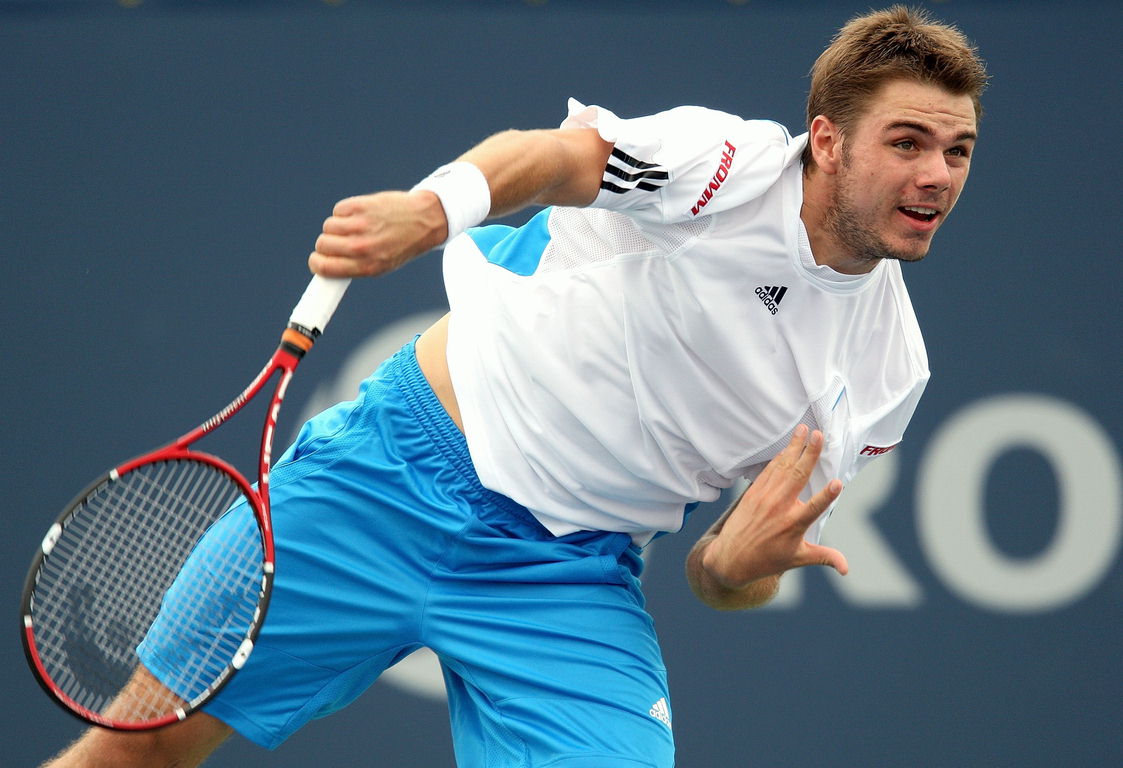All the talk before yesterday’s Australian Open final suggested that Stanislas Wawrinka might need a thunderbolt to strike down his opponent, world No 1 Rafael Nadall, in order to lift the title.
Perhaps Wawrinka’s camp performed some dark rite of invocation, because Nadal did find himself crippled by a back spasm in what must rank as the weirdest grand slam final in living memory.
Yet this is not to say that Wawrinka – the first-time finalist who eventually came through 6-3, 6-2, 3-6, 6-3 – was an unworthy winner of the year’s opening major.
Yes, he had a clear physical advantage. But he also had to deal with the brain-scrambling effects of playing a hobbled opponent, a notoriously difficult challenge for any tennis player. On the biggest day of his professional life, it was no small feat to keep his emotions in check.
The “big four” have exerted such a stranglehold over the past decade – winning 34 of the previous 35 majors between them – that you always felt it would take something exceptional to break the sequence. And this match was certainly that.
It started with Wawrinka’s own personal version of the 1812 Overture. His groundstrokes sounded like cannon-fire as he bullied Nadal throughout a spectacular first set.
Was Nadal already feeling off colour? He was unusually passive, for sure, and his forehand lacked its usual fizz. Spectators exchanged puzzled looks when he held three break points to level at 5-5, yet failed to land a single return in court for the rest of that game.







